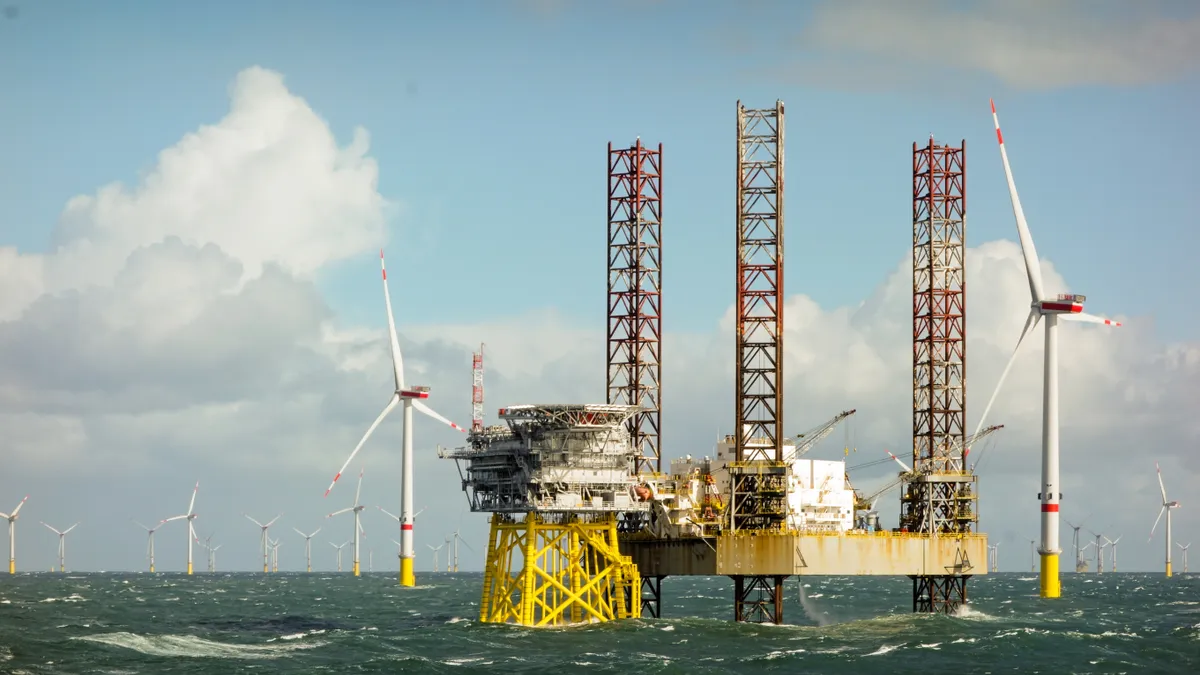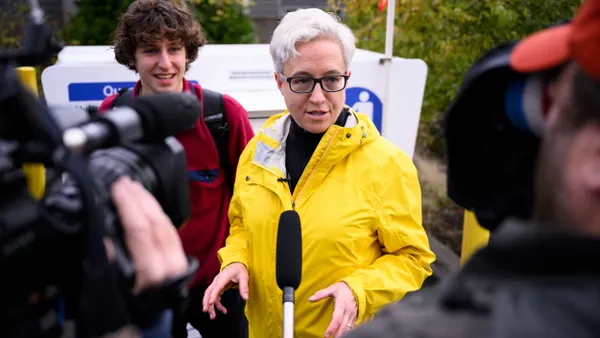New guidance for building offshore wind farms is expected to speed up project development while improving worker safety, according to Walt Musial, the National Renewable Energy Laboratory’s offshore wind research lead.
“This could become one of the primary guidance documents for the development of offshore wind energy on the U.S. Outer Continental Shelf and could lead to shorter regulatory timelines and increased worker safety,” Musial, who helped develop the guidance, said in a statement Wednesday.
The Offshore Compliance Recommended Practices: 2022 Edition was approved in June by the American National Standards Institute Board of Standards Review.
Because the guidance — called OCRP-1-2022 — grew out of an ANSI and American Clean Power Association consensus standards development process, it can be recognized by regulators and referenced within the U.S. regulatory approval process, NREL said.
“OCRP-1-2022 is the overarching flagship document for the U.S. Offshore Wind Standards Initiative and will help provide greater transparency, consistency, and certainty to the U.S. offshore wind energy industry’s regulatory process,” NREL said.
The guidance, which took five years to develop, covers all stages of offshore wind farm development, including design, manufacturing and fabrication, transportation and installation, operations and in-service inspections and life-cycle planning, NREL said.
Later this year ANSI is slated to approve four additional guidance documents for offshore wind that will address floating offshore wind, meteorological and oceanographic data requirements, geotechnical and geophysical requirements and minimum requirements for submarine cables, according to NREL.
The guidance will help wind developers meet the Biden administration’s goal of adding 30 GW of offshore wind by 2030, according to Liz Burdock, president and CEO of the Business Network for Offshore Wind.
“OCRP-1-2022 is an essential component to meeting the goal, providing common guidance, removing guesswork, and enabling required federal permitting design documents to be more quickly developed,” Burdock said. “This should help reduce overall permitting timeframes and put turbines in the water faster to help avert the climate crisis."
Key developments for offshore wind in the third quarter of 2022 were the passage of the Inflation Reduction Act, a new federal 15-GW target for floating wind and state advances in their offshore wind goals, according to a report released Thursday by the Business Network for Offshore Wind.
“Despite this tremendous growth, the industry still must overcome challenges to upgrade our grid and transmission system, localize a robust supply chain, and train a skilled workforce,” Burdock said.














